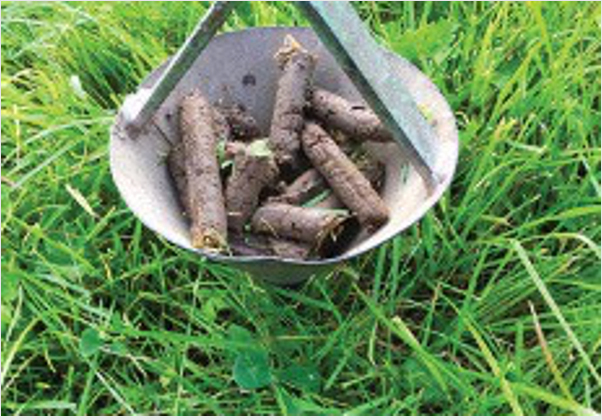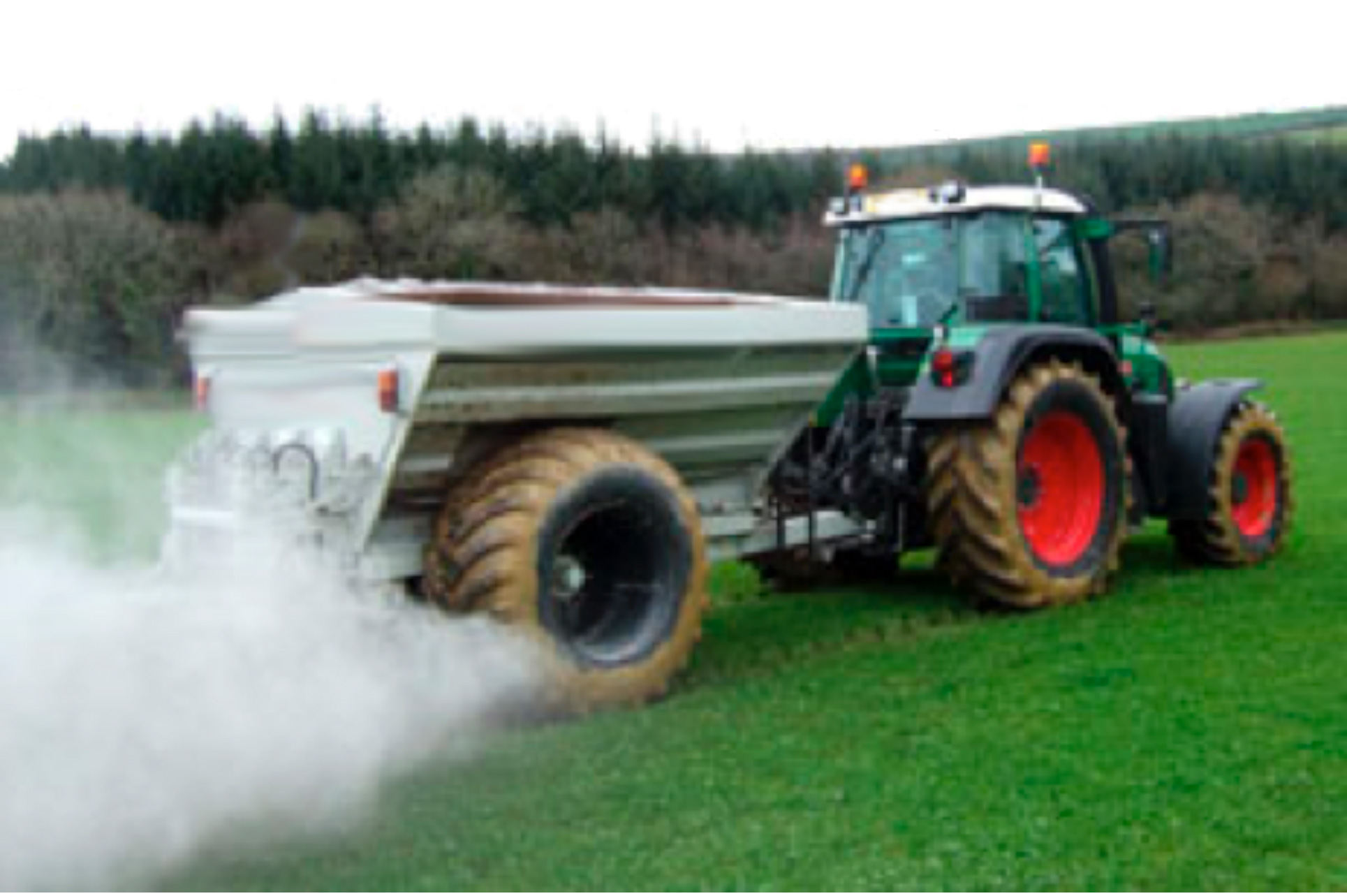Drummonds have taken soil testing to the next level and we can now offer a variable rate spreading service. This involves sampling each hectare for P, K & lime and mapping the land to give a comprehensive analysis of each individual hectare. Armed with this information we can optimise the application of P and K fertiliser on your farm.
Soil Sampling and Nutrient Management - August

Now is the ideal time to take fresh soil samples and plan lime and fertiliser application for winter crops. Well-taken soil samples will provide the basis for tailoring lime, phosphorus(P) and potassium( K) applications to ensure that crops are well established over the winter period.
Over the coming weeks aim to:
1. identify fields that require fresh soil samples.
2. request solo analysis for both major and minor nutrients.
3. Aim to complete fertiliser records for 2018.
4. prepare a lime and fertiliser plan for the 2019 cropping season.
Having soil test results in advance of planting crops will allow the opportunity to correct any major nutrient deficiencies, for example, lime. We know from previous soil test results that only 12% of tillage soils have the correct P and K (Index 3) levels and soil pH 6.5 or greater for crop production.
Organic manures are a valuable source of organic matter and nutrients. Manures such as cattle slurry, farmyard manure(FYM) and mushroom compost are idea for winter crops, as they contain low levels o P and K. Manures are ideal for replenishing and building soil P and K levels, plus adding valuable soil organic soil matter. For example, 1,000 gallons of cattle slurry contains 6 units of N, 5 units of P and 32 units of K.
The soil sample results will provide information on areas of the farm that have low, medium or high fertility. You can then use this information to accurately plan fertilizer and slurry applications. Standard soil testing includes information on soil pH, lime requirement and P & K status. The optimum soil pH for grassland is at or above 6.3 and should ideally be at index 3 for P & K. Soils maintained close to the target pH will have benefits of increased grass yields, more efficient utilization of applied fertilizers and manures, and better persistence of more productive species in the sward such as perennial ryegrass and clover. If the lime advice for grassland exceeds 7.5 t/ha, initially only this amount should be applied, and the remainder applied after two years.
A below optimum pH restricts the availability of primarily P and other nutrients, thus reducing grass production until corrected. Index 1 and 2 soils have low nutrients levels and require additional inputs (slurry and/or farm yard manure) in order to support grass growth and increase the soil fertility to the target index 3.

Now is an ideal time (before slurry or fertilizer application) to carry out soil tests. Drummond’s technical sales staff are on hand to process your soil samples, interpret the results and advise you on the best approach on maximizing your farm output throughout the year.
Lime has the ability to:
• Raise soil pH
• Improve availability of essential nutrients (N,P & K)
• Increase the effectiveness of applied N,P,K
• Increase microorganism activity in the soil
• Improve plant growth and grass yield.

Further Information
If you have any queries in relation to soil sampling on your farm just call one of our Drummonds Technical advisors who will be delighted to help. Head Office Clonee Tel: 01-8255 011
